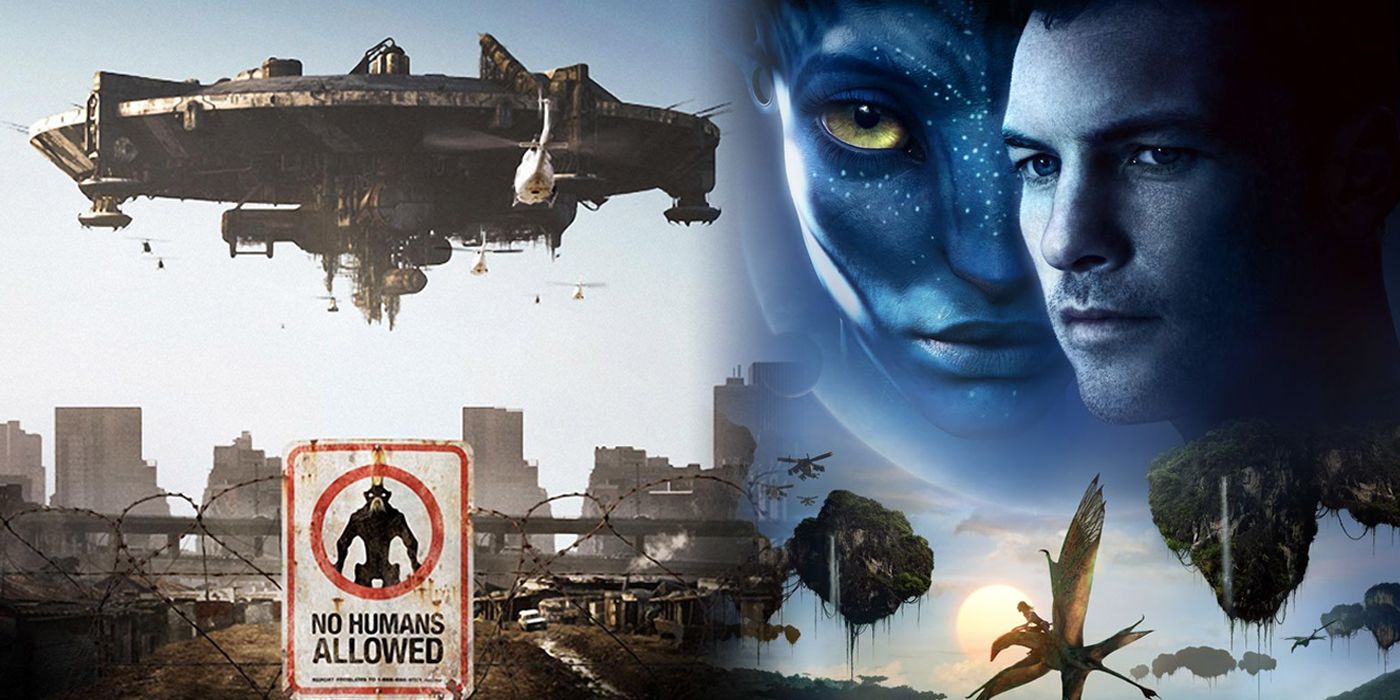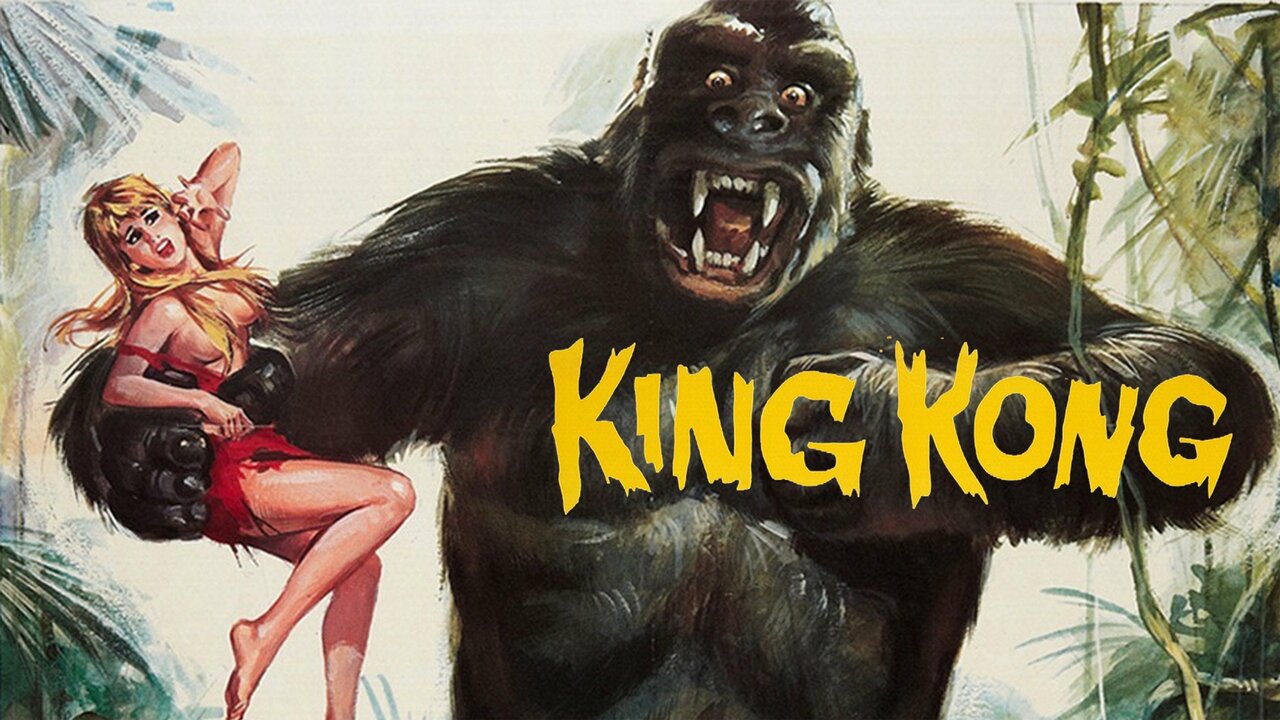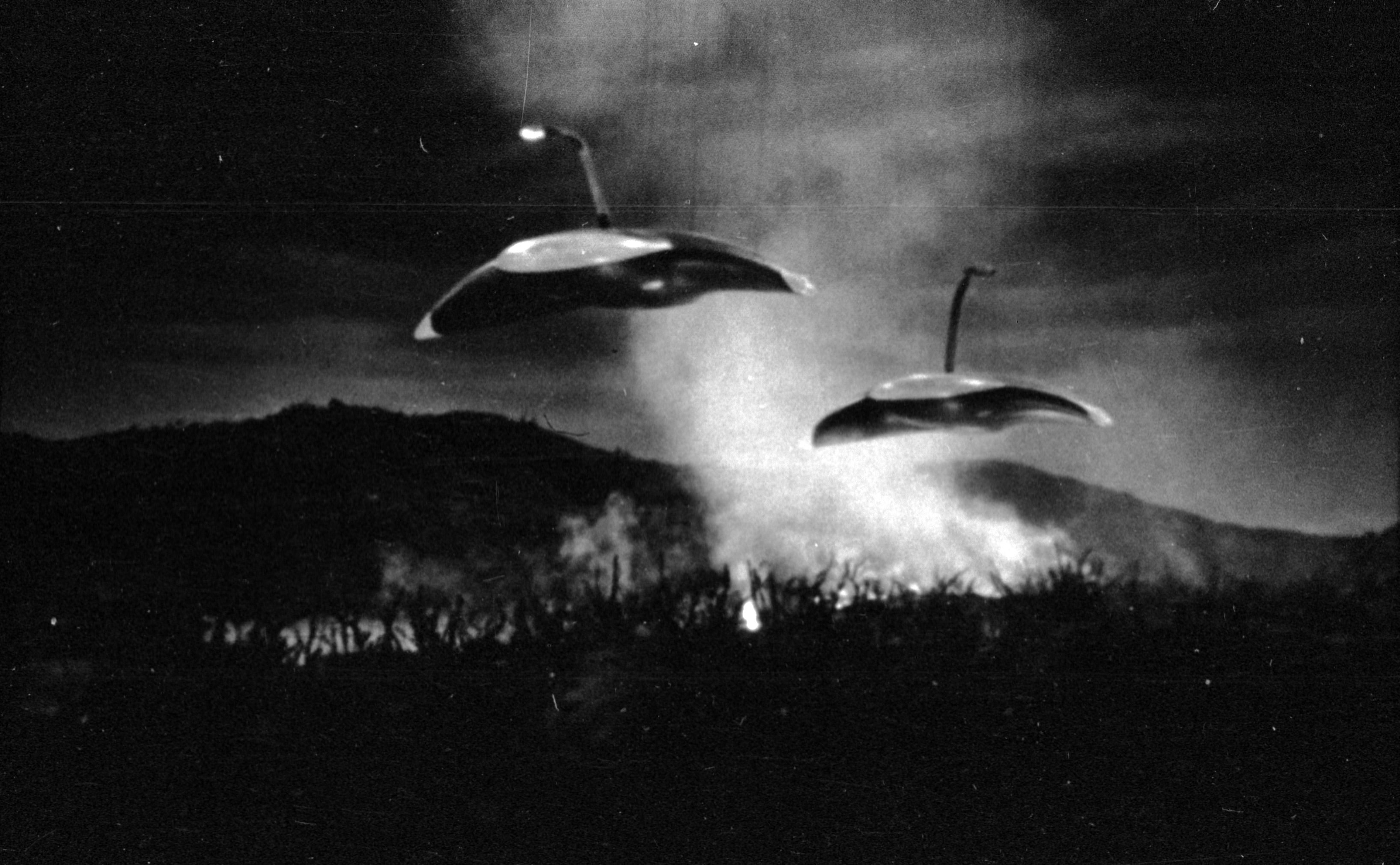
Science fiction films have always been a thrilling canvas for the imagination, whisking us away to galaxies far, far away or shrinking us down to microscopic worlds. But beyond the fantastical narratives, it’s the groundbreaking visual effects that truly embed these stories into our collective consciousness, redefining what’s possible on the silver screen and setting new benchmarks for storytelling. From the earliest days of cinema, when filmmakers first grasped the camera’s manipulative power, the pursuit of a convincing illusion has driven innovation, pushing boundaries that once seemed insurmountable.
Before the stunning digital vistas and seamlessly integrated CG characters we take for granted today, there was a time when a simple split screen or a meticulously crafted matte painting could elicit gasps of pure wonder. The evolution of visual effects is, in essence, the story of film itself—a relentless march of ingenuity, from the magic tricks of early pioneers to the complex digital environments of modern blockbusters. It’s a journey filled with daring experimentation, accidental discoveries, and brilliant minds constantly striving to bring the impossible to life.
Join us as we embark on an epic exploration of the sci-fi films that didn’t just tell amazing stories, but fundamentally changed the game for visual effects. These are the cinematic milestones that didn’t just show us new worlds; they showed us new ways to *see* new worlds, forever altering the landscape of filmmaking. Prepare to be amazed by the ingenuity and sheer spectacle that defined these revolutionary productions, starting from the very dawn of cinematic trickery.

1. **A Trip To The Moon (1902)**Paris-born Georges Méliès, a masterful puppeteer and stage illusionist, possessed a keen eye for the potential that the newly invented cinematograph held for visual trickery. He was among the very first to realize that a camera wasn’t just for recording reality, but for twisting and transforming it into something magical. His initial short films were essentially tests, playful experiments to discover the limits of what was possible, and it was during one such test that stop-action became an accidental, yet monumental, invention when the camera famously jammed.
His groundbreaking 1902 film, “A Trip to the Moon,” inspired by the works of Jules Verne and H.G. Wells, was the grand culmination of Méliès’s early explorations, bringing all his accumulated techniques to bear. This cinematic marvel was, without a doubt, the special effects extravaganza of its time, a true spectacle that captivated audiences worldwide. It was a bold declaration that audiences would indeed be drawn to sci-fi spectacle onscreen, paving the way for countless adventures to come.
“A Trip to the Moon” featured an array of ingenious techniques that were revolutionary for its era. Méliès masterfully employed dissolves to transition between scenes smoothly, created pseudo-tracking shots to add dynamic movement, and utilized double-exposures to layer images, crafting fantastical scenarios. The film even boasted hand coloring on at least one print, adding a vibrant, otherworldly quality that further immersed viewers in its lunar adventure.
Beyond its technical brilliance, the film’s lasting impact lies in its bold vision and its ability to transport audiences to an entirely different realm. Méliès didn’t just show a journey to the moon; he invited audiences to believe in it, even if just for a moment. This audacious spirit and innovative application of cinematic tricks laid the essential groundwork for all future special effects, demonstrating cinema’s unique power to transcend reality.

2. **Metropolis (1927)**With Fritz Lang’s monumental “Metropolis,” filmmakers dared to use special effects not merely for isolated spectacle shots, but to construct an entire, immersive sci-fi world. This film wasn’t just about a few clever visual gags; it was about creating a cohesive, living, breathing futuristic city that became a character in itself. Lang’s ambitious vision transformed the screen into a sprawling, impossible metropolis, complete with towering skyscrapers and intricate machinery that felt years ahead of its time.
Lang achieved this breathtaking urban landscape through a sophisticated combination of miniatures, which were painstakingly built to scale, and advanced projection techniques. He also cleverly employed old-fashioned perspective tricks, meticulously crafting sets and shots to convincingly showcase actors interacting within this impossible city. The futuristic devices and architectural wonders depicted in “Metropolis” were so advanced that many of their real-world equivalents wouldn’t be seen for decades, if ever.
Perhaps the most significant contribution of “Metropolis” to the evolution of visual effects was its pioneering exploration of the Schüfftan process. This complicated filming technique involved using mirrors to combine live-action footage with miniature sets or painted backdrops, effectively paving the way for what we now know as blue screen technology. It was a complex, ingenious method that allowed for seamless integration of fantastical elements with live performances.
Despite its age, the sheer effort and meticulous craftsmanship poured into every single shot of “Metropolis” make it an incredibly impressive and awe-inspiring experience to this very day. The film stands as a testament to the power of imagination combined with technical prowess, showing that special effects could be integral to world-building and narrative, not just an afterthought. Its influence on cinematic design and visual effects philosophy is undeniable, marking it as a true landmark.

3. **King Kong (1933)**While some might debate “King Kong’s” strict sci-fi classification, its undeniable significance as a monumental milestone in the evolution of special effects is beyond dispute. The film’s impact on how believable, larger-than-life creatures could be brought to the screen was nothing short of revolutionary, proving that audiences could form an emotional connection with a stop-motion animated character. This powerful narrative intertwined with cutting-edge visuals captivated a generation.
Of particular note was the film’s groundbreaking use of stop-motion animation, a technique honed by the legendary Willis O’Brien. O’Brien, who had previously created similar dinosaurs for “The Lost World” eight years prior, developed a truly realistic look for Kong and his prehistoric brethren. He achieved this by using a skin-over-frame design and even incorporating inflatable bladders to simulate the breathing of his creatures, adding an astonishing level of detail and verisimilitude.
What set Kong apart was not just his physical realism, but his incredible expressiveness. By 1933 standards, he was the first photorealistic stop-motion character capable of conveying such deep emotions that he became genuinely relatable to audiences. This emotional depth, combined with matte paintings and miniatures, allowed the filmmakers to create elaborate, full-motion scenes where actors convincingly interacted with the towering ape, making the impossible feel incredibly tangible.
In its day, these scenes felt like pure witchcraft, a magical feat of cinematic illusion. Even today, examining the intricate work that went into those shots invokes a similar feeling of wonder and appreciation for the artistry involved. This blend of manufactured and real elements was not only a technical marvel but also played a crucial role in legitimizing special effects-heavy productions, proving they could be both critically celebrated and immensely popular.

4. **Destination Moon (1950)**Following a relatively dry period for special effects advancements during the 1940s, largely due to the pervasive influence of World War II, the 1950s ushered in a vibrant new era for science fiction filmmaking. This resurgence was fueled by a renewed cultural fascination with space exploration, as humanity looked beyond Earth with a blend of hope and trepidation. “Destination Moon” fits perfectly into this exciting intersection of interests and technological aspirations, capturing the zeitgeist of the era.
This film took on the ambitious task of portraying what mankind’s inaugural flight to the moon might realistically look like, drawing upon the most advanced knowledge of technology available at the time. Rather than presenting a purely fantastical, whimsical scenario, “Destination Moon” endeavored to imagine a future that many contemporary audiences genuinely felt—or fervently hoped—was just around the corner. This emphasis on relative realism was a bold and influential choice.
To achieve this sense of grounded realism, the filmmakers employed a suite of impressive effects that were innovative for their time. The painstaking attention to detail in depicting the spacecraft, the zero-gravity environment, and the lunar surface set a new standard for accuracy in sci-fi. The techniques used to create this sensation of authenticity carved out a new path for a burgeoning generation of sci-fi filmmakers, shifting the focus towards a more scientifically plausible future.
Interestingly, the film also featured a unique “advert” section starring Woody Woodpecker, a quirky addition that highlighted the commercial potential and broad appeal of this new wave of space-themed cinema. It’s a small detail, but one that subtly illustrates the film’s broader cultural reach and influence, perhaps even inspiring similar integrated content in later, equally groundbreaking productions.

5. **The War of the Worlds (1953)**While the 1940s may have been a quieter time for advancements in sci-fi special effects, largely attributed to the global priorities during World War II, the 1950s certainly roared back with a vengeance. It’s quite fascinating, then, that one of the next major special effects milestones, “The War of the Worlds,” not only carries “War” in its title but also magnifies the spectacular entertainment value of such a concept to unprecedented levels. This film was a visceral assault on the senses.
So many of “The War of the Worlds’” countless special effect innovations revolved around scenes of massive explosions, widespread death, terrifying horror, and destruction on a scale that audiences had never witnessed before. The iconic Martian war machines, with their ominous heat rays and terrifying designs, became an immediate pop culture sensation, demonstrating how visual effects could create truly menacing and memorable antagonists. The film tapped into post-war anxieties about invasion and annihilation with terrifying effectiveness.
In the short term, this movie’s blockbuster sci-fi style immediately created a new visual language and introduced pop culture concepts that profoundly influenced countless drive-in films and B-movies that followed. Its portrayal of widespread devastation and alien invaders became a template. In the long term, its impact stretched even further, inspiring generations of disaster films, grand sci-fi epics, and even revolutionary television shows, cementing its place as a cornerstone of genre filmmaking.
Watching this cinematic masterpiece today for the first time is still sure to provoke several reactions of recognition, as viewers connect the dots and exclaim, “Oh, so *that’s* where that iconic image or concept comes from!” Its influence on how destruction and alien menace are depicted in cinema is simply immeasurable, proving that spectacle could be both terrifying and incredibly entertaining.

6. **Godzilla (1954)**“Godzilla,” the iconic 1954 monster film, holds a rather unique and almost “accidental” place on this list of special effects game-changers. The original vision for bringing the colossal creature to life was quite different from its final execution. VFX director Eiji Tsuburaya, a true visionary, initially harbored a strong desire to shoot “Godzilla” using extensive stop-motion animation, a technique he greatly admired for its potential to convey realism and scale.
However, the practical realities of filmmaking—specifically the prohibitive time and substantial financial investment required for such an ambitious stop-motion endeavor—proved to be insurmountable at the time. Undeterred, Tsuburaya ingeniously settled for a brilliant combination of techniques that would not only define the film but also fundamentally shape an entire sub-genre. This pragmatic approach led to unexpected creative breakthroughs.
His solution involved a magnificent blend of intricately built miniatures, which were destroyed with incredible precision, a ton of clever optical effects, and, most famously, the iconic “suitmation” technique, featuring an actor in a meticulously crafted monster costume. This combination was not just a cost-cutting measure; it became a defining characteristic that gave Godzilla its unique, imposing presence and movement, instantly recognizable around the world.
Crucially, this innovative combination of concepts didn’t just create a giant monster; it helped to form the modern idea of the Kaiju genre itself, proving how incredibly fun and impactful a giant monster movie could truly be. While lower-budget films that followed might have lacked the refined filmmaking and visual sophistication, watching the meticulously built miniatures being dramatically destroyed proved to be a colossal part of the film’s undeniable draw and lasting appeal.




